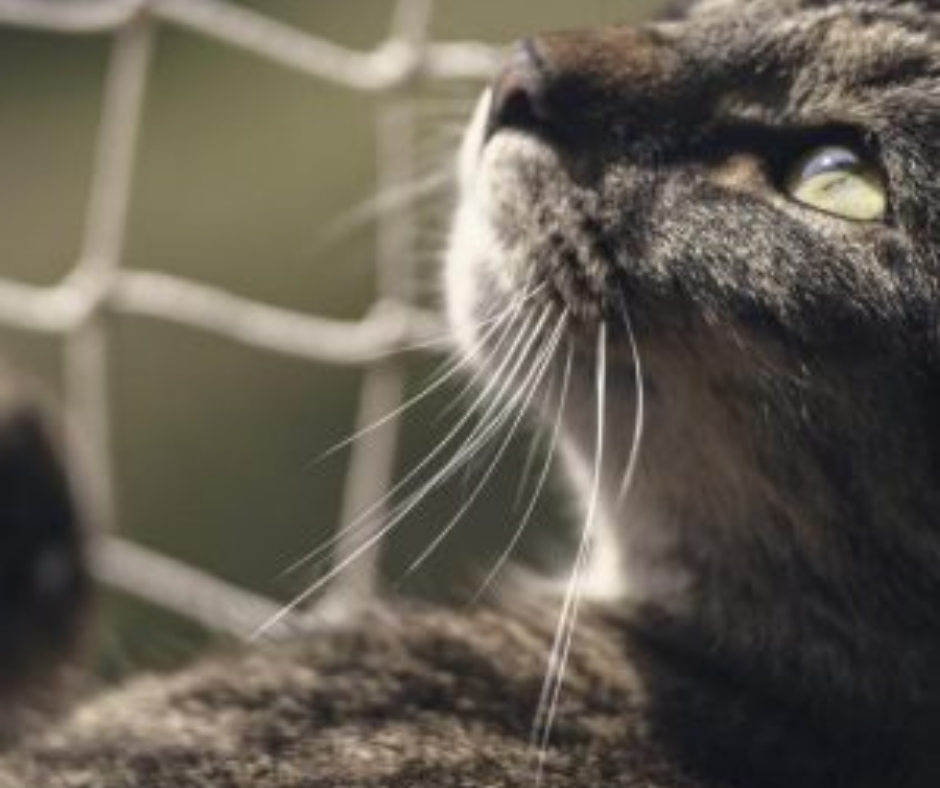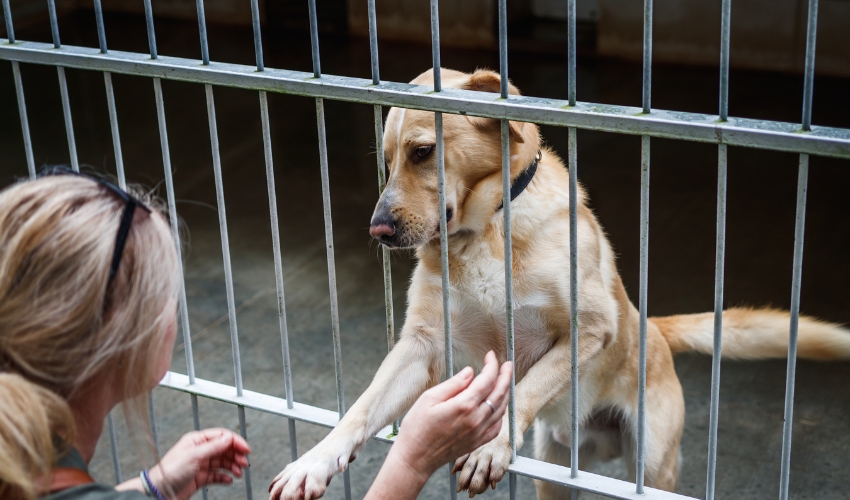The Feline Immunodeficiency Virus (FIV), and Feline Leukemia Virus (FeLV) are often mistaken to be the same; sometimes even used interchangeably. However, that’s not the case. FIV and FeLV cause two entirely separate diseases. Yes, they’re both in the Retroviridae family, but that only means they’re related—not the same.
FIV and FeLV Are Not the Same Viruses
FIV and FeLV are both retroviruses, but they’re two different types of retrovirus. FIV is a lentivirus, while FeLV is a gammaretrovirus. Lentiviruses, like FIV and HIV, are slow-moving viruses. That means they have long incubation periods, and it can take years before infected individuals begin showing symptoms. That’s why many FIV-positive cats are able to live normally for many years. However, FIV can weaken the immune system and leave FIV-positive cats susceptible to secondary infections. So, proper nutrition and preventive health care are essential.
Gamma-retroviruses, on the other hand, are known to cause sarcomas, leukemias, and immune deficiencies in animals. That’s why cats with FeLV often develop various illnesses ranging from anemia, leukemia, and cancers. However, it’s also possible for FeLV-infected cats to initially show no symptoms, like with FIV. Compared to an FIV-positive cat, though, a FeLV-infected cat’s health may deteriorate a lot faster.
Here are more differences between FIV and FeLV:
Transmission
FIV
Unlike most viruses, FIV doesn’t have the ability to pass through mucous membranes. On top of that, it can’t survive outside its host. So, it’s almost impossible for FIV-positive cats to transmit the virus through casual contact, like sharing food bowls, litter boxes, snuggling, or grooming.
They can mostly only infect other cats through deep bite wounds or blood transfusions. In rare cases, FIV-positive mother cats pass the virus to their kittens in utero. However, because of the presence of maternal antibodies, kittens tested below eight months usually test as false positive.

FeLV
Just like FIV, the primary mode of transmission for FeLV in cats is through deep bite wounds. However, unlike FIV, FeLV can spread through close contact. Mother cats with FeLV can also pass the virus to their kittens in utero.
Testing
FIV
There’s been a lot of debate going on about whether or not FIV testing is necessary. Animal shelters and veterinary professionals are starting to decide against it, and it’s mostly because of the unreliability of the test results.
You see, most FIV tests are made to detect FIV antibodies instead of antigens. The presence of FIV antibodies in a cat means they’ve been exposed to the virus, but not necessarily infected. For example, cats that have been vaccinated against FIV can test false positives because of the FIV antibodies they developed from the FIV vaccine. Kittens born to an FIV-positive mother cat can also inherit maternal antibodies that can temporarily cause them to test positive for FIV.

FeLV
Unlike FIV, FeLV infection is detected through antigen tests. That means these tests look for the virus and not the antibodies. But why aren’t antigen tests used to identify FIV infection too? It’s because the number of viruses in FIV-positive cats is too low for antigen tests to pick up, while in FeLV-infected cats, that’s not the case. So, when it comes to disease-detection, FeLV screening tests are more reliable.
Vaccines
FIV
There’s plenty of controversy surrounding the effectiveness of FIV vaccines as well. Some veterinarians even believe they’re unnecessary since they only don’t offer protection against all forms of the virus, so vaccinated cats can still contract FIV. On top of that, since vaccines are made to cause the body to develop immunity by triggering antibody production, they can make cats test positive for FIV in even when they’re not.
The best way to prevent your cat from getting infected is to keep them indoors and make sure they’re spayed or neutered.

FeLV
FeLV vaccines are more successful in preventing infection, but they’re also associated with feline injection-site sarcomas, which are rare but potentially fatal. Kittens can get vaccinated once, and then get a booster shot after one year. It’s also advised that cats at risk for contracting FeLV, such as indoor-outdoor cats or those living with FeLV-infected housemates, get vaccinated to prevent them from contracting and spreading the illness.












